inside sales
-
Why I Believe We Should Blow up the Business Development Rep (BDR) Role in Sales
- March 29, 2021
- Posted by: Dave Kurlan
- Category: Understanding the Sales Force

For decades it was normal practice for Copy Machine, Office Supply, Cell Phones, Life Insurance and Residential Real Estate companies to recruit and train (a little classroom) rookie salespeople and then have them spend years making Cold Calls. Industries like those continue to suffer from the highest voluntary turnover rates you can imagine and the practice is not entirely different from what tech companies are doing with the BDR Role.
But why? Whose brilliant idea was this?
-
How Boomers and Millennials Differ in Sales
- May 18, 2016
- Posted by: Dave Kurlan
- Category: Understanding the Sales Force

I hate this article already – the last thing we need is another article to help us to understand Millennials. Except for one thing. Most of you reading this are Millennials and you probably need to better understand boomers.
-
Can Free Sales Content Send You Down a Dangerous Path?
- May 2, 2016
- Posted by: Dave Kurlan
- Category: Understanding the Sales Force

I downloaded a Sales Process Cheat Sheet which promised a standardized playbook and a simple, easy-to-follow sales methodology to help managers coach their inside sales reps into following a proven, standardized process from discovery to close. Was there value? It was a joint promotion from Hubspot and InsideSales.com. – maybe you received the same offer in your inbox. Was it any good? Was it a process? Was it a playbook? Was it a methodology?
-
Learn How We Discovered They Had the Wrong Salespeople
- February 1, 2016
- Posted by: Dave Kurlan
- Category: Understanding the Sales Force
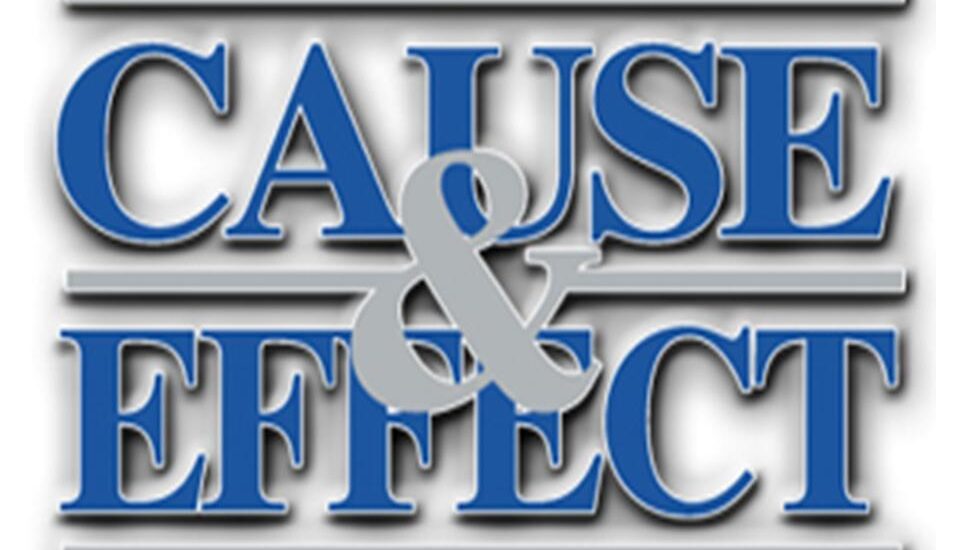
Would you believe me if I told you that in a recent sales force evaluation, nearly 50% of the 300 inside salespeople were not in the right role? Recently, we evaluated a large inside sales force and I thought it might be interesting to share some of the more unusual findings that were responsible for this sales team’s inability to achieve the revenue goals that the company expected from them.
-
The Secret to Coaching Salespeople and Why It’s So Scary
- September 21, 2015
- Posted by: Dave Kurlan
- Category: Understanding the Sales Force

I learned that the way in which sales leaders react to the exact same material differs exponentially in accordance with the time we have to discuss it.
-
Driving, Asking Questions, Inside Sales, and Sales Process with a Twist
- September 8, 2015
- Posted by: Dave Kurlan
- Category: Understanding the Sales Force

“You’ve been driving a car since you were a teenager, but your cars have always had an automatic transmission and you’ve always driven on standard roads. Now we will ask you to drive a much larger car, drive it at faster speeds, on an obstacle course, with people in your way. Oh, and one more thing – for the first time, you’ll be driving a six-speed manual transmission. You might be afraid to take your foot off the clutch and put the car into first gear because, if you’re not careful, you might kill those people standing in front of your car!
“That’s how salespeople sometimes feel when they need to be liked and are expected to ask their prospects some really difficult questions. Salespeople think someone will be killed – and they worry that it might be them!”
-
Sales Hacks and How to Improve Your Lead Follow Up Conversions
- August 31, 2015
- Posted by: Dave Kurlan
- Category: Understanding the Sales Force
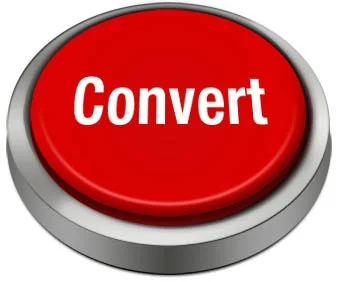
I have previously written about how important it is to quickly and consistently follow up on inbound leads. This article from September of 2013 included two great infographics that demonstrate lead conversion statistics. However, Russ, from FindAccountingSoftware.com, emailed me a link to this case study on 63,256 outbound calls that has much more specific, useful information.
-
Why Inbound and Inside Sales Experts Think Sales Process is Dead Too
- August 18, 2015
- Posted by: Dave Kurlan
- Category: Understanding the Sales Force
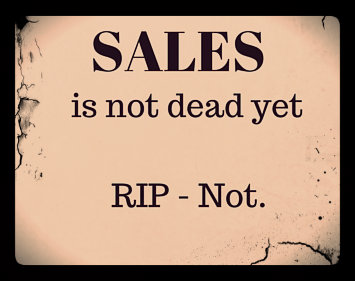
I love and use some of their tools and services and recommend them to clients too. But the key word here is tools. They support and enhance selling. Tools don’t replace selling.
-
The Science of Sales Selection vs. the Marketing of Modern Selling
- August 14, 2015
- Posted by: Dave Kurlan
- Category: Understanding the Sales Force
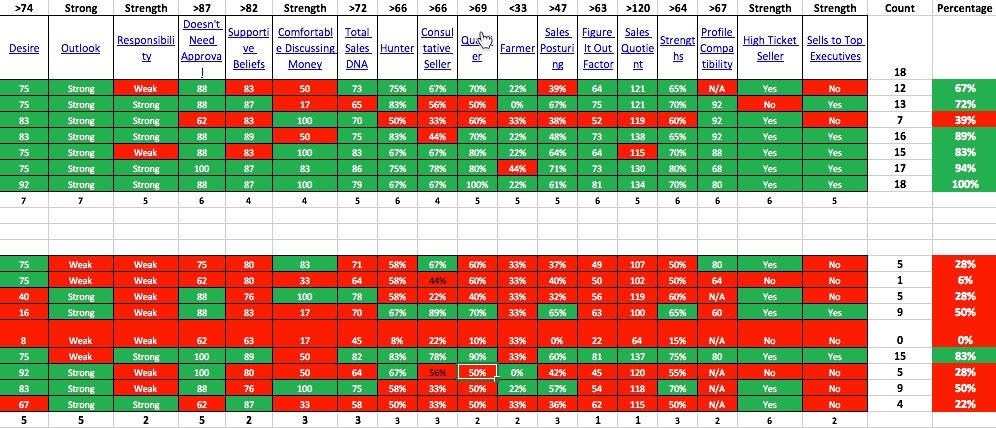
I started with more than 100 sales-specific findings and narrowed them down to the 18 findings and scores that clearly differentiated their tops from their bottoms. A mistake made by behavioral scientists and sellers of personality and behavioral styles assessments is that they only look at top performers and identify common traits. They fail to realize that the bottom performers have the same personality traits and behavioral styles as the top performers and none of those traits or styles are predictive of sales performance.
-
Why This Salesperson Failed to Close the Deal
- November 17, 2014
- Posted by: Dave Kurlan
- Category: Understanding the Sales Force
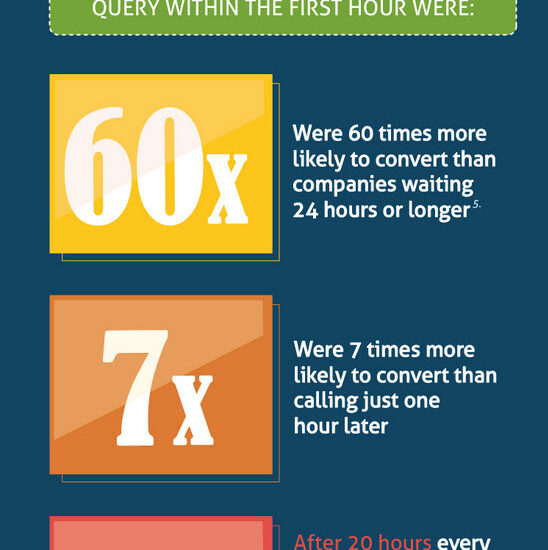
- 1
- 2

